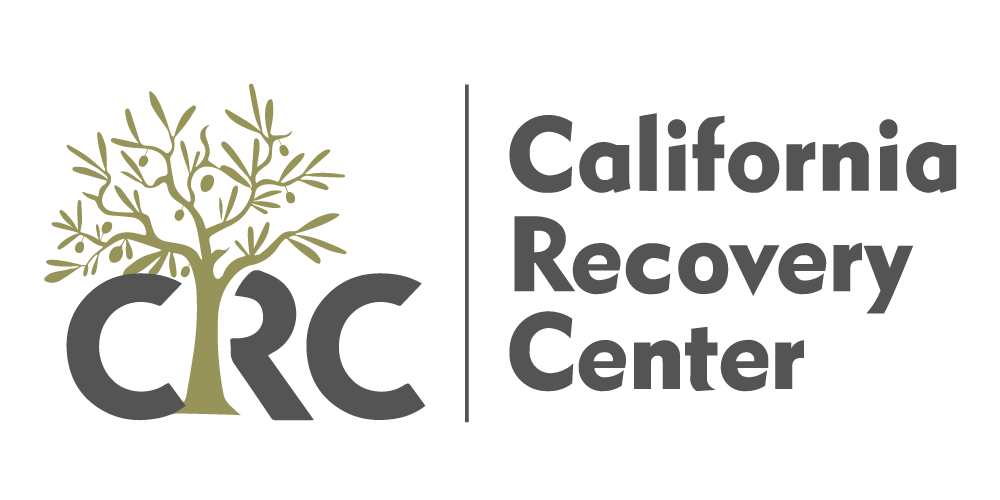For many veterans, the transition from military to civilian life is filled with challenges that can deeply impact their mental health and overall well-being. The intense experiences and traumas associated with military service often leave veterans grappling with complex mental health disorders, which can, in turn, lead to substance abuse as a form of self-medication. This combination of mental health issues and addiction, known as dual diagnosis, is alarmingly common among veterans. Understanding the prevalence of dual diagnosis in this population and the critical need for integrated treatment is essential in providing the care and support that veterans deserve.
The Prevalence of Dual Diagnosis Among Veterans
Veterans face a unique set of risk factors that significantly increase the likelihood of developing dual diagnosis. Several studies have highlighted the high prevalence of co-occurring mental health and substance use disorders within the veteran community:
-
Post-Traumatic Stress Disorder (PTSD) and Substance Abuse:
PTSD is one of the most common mental health issues faced by veterans, especially those who have experienced combat. The traumatic events witnessed or endured during service can lead to severe psychological distress, manifesting as flashbacks, nightmares, and heightened anxiety. In an effort to manage these overwhelming symptoms, many veterans turn to alcohol or drugs. Unfortunately, this coping mechanism often spirals into addiction, further complicating the individual’s mental health.
-
Depression and Anxiety:
The difficulties of reintegrating into civilian life, coupled with the loss of camaraderie and purpose that many veterans feel after leaving the military, can contribute to the onset of depression and anxiety. These conditions can be debilitating, leading veterans to seek relief through substance use. What begins as an attempt to numb emotional pain can quickly escalate into dependency, with substance use further exacerbating feelings of hopelessness and anxiety.
-
Chronic Pain and Opioid Dependence:
Physical injuries sustained during service can leave veterans with chronic pain, often requiring long-term management. Opioids are frequently prescribed to manage this pain, but their highly addictive nature makes veterans particularly vulnerable to developing a dependency. When chronic pain is coupled with untreated mental health conditions like PTSD or depression, the risk of opioid addiction increases, creating a dangerous cycle of dual diagnosis.
-
Traumatic Brain Injury (TBI) and Behavioral Health Issues:
Many veterans suffer from TBI due to exposure to blasts, falls, or other injuries during service. TBI can lead to a range of cognitive and emotional challenges, including mood swings, impulsivity, and difficulty regulating emotions. These symptoms often intersect with substance use, as veterans may attempt to self-medicate the emotional and cognitive difficulties caused by TBI, leading to a dual diagnosis.
Why Simultaneous Treatment is Crucial
The intertwined nature of mental health disorders and substance use requires a treatment approach that addresses both conditions simultaneously. Treating these disorders in isolation is not only ineffective but can also hinder recovery. Here’s why integrated treatment is so crucial for veterans facing dual diagnosis:
-
The Interdependence of Mental Health and Substance Use:
Addiction and mental health issues often feed into each other, creating a vicious cycle that is difficult to break. For example, a veteran suffering from PTSD may use alcohol to numb the pain of traumatic memories. However, alcohol use can exacerbate PTSD symptoms, leading to increased alcohol consumption. Without addressing both the PTSD and the addiction, recovery is unlikely to be successful. Integrated treatment recognizes the need to treat both conditions together, providing a comprehensive solution that tackles the root causes of both disorders.
-
Reducing the Risk of Relapse:
When only one aspect of dual diagnosis is treated, the untreated disorder can trigger a relapse. For instance, if a veteran receives treatment for substance use but their underlying depression or PTSD is not addressed, the emotional distress from the mental health disorder may drive them back to substance use. Simultaneous treatment reduces this risk by ensuring that both the addiction and the mental health disorder are managed concurrently, creating a more stable foundation for long-term recovery.
-
Improving Overall Quality of Life:
Dual diagnosis treatment is not just about managing symptoms—it’s about enhancing overall well-being. By addressing both mental health and substance use disorders, treatment helps veterans regain control over their lives. This holistic approach promotes emotional stability, improves physical health, and fosters the development of healthy coping mechanisms, all of which contribute to a higher quality of life. Veterans who receive integrated care are more likely to experience lasting recovery, reduced symptoms, and a renewed sense of purpose.
The Elements of Effective Dual Diagnosis Treatment
Successful treatment for dual diagnosis involves a multi-faceted approach tailored to the unique needs of each veteran. Key components include:
-
Comprehensive Assessment:
Before beginning treatment, a thorough assessment is conducted to understand the full scope of the veteran’s mental health and substance use issues. This includes evaluating the severity of each condition, identifying any co-occurring physical health problems, and understanding the veteran’s personal history and experiences.
-
Integrated Therapy:
Evidence-based therapies, such as Cognitive Behavioral Therapy (CBT) and Eye Movement Desensitization and Reprocessing (EMDR), are commonly used in dual diagnosis treatment. These therapies are designed to help veterans process traumatic experiences, change negative thought patterns, and develop healthier coping strategies. Group therapy and peer support are also vital, providing veterans with a sense of community and shared understanding.
-
Medication Management:
In some cases, medications may be prescribed to help manage symptoms of mental health disorders or reduce cravings associated with substance use. This is carefully monitored and adjusted as needed to ensure the best outcomes.
-
Holistic Care:
Beyond traditional therapy and medication, dual diagnosis treatment often includes holistic practices such as mindfulness, yoga, exercise, and nutritional counseling. These practices support overall well-being and help veterans build resilience against relapse.
-
Ongoing Support:
Recovery from dual diagnosis is a long-term process that requires ongoing support. After completing an initial treatment program, veterans benefit from continued care, which may include outpatient therapy, support groups, and regular check-ins with healthcare providers. This ongoing support is crucial in maintaining recovery and preventing relapse.
The Path to Healing
For veterans facing the challenges of dual diagnosis, it’s essential to seek treatment that addresses both addiction and mental health issues simultaneously. The complexities of dual diagnosis require a comprehensive and integrated approach, one that honors the unique experiences of veterans and provides them with the tools they need to heal. By treating both conditions together, we can help veterans break free from the cycle of addiction and mental health struggles, paving the way for a healthier, more fulfilling life.
Veterans have given so much in service to their country, and they deserve access to the highest quality care when they return home. Dual diagnosis treatment offers a path to recovery that acknowledges the full scope of their experiences, addressing both addiction and mental health in a holistic, compassionate way. By providing integrated care, we can help veterans reclaim their lives, find peace, and build a future filled with hope.




